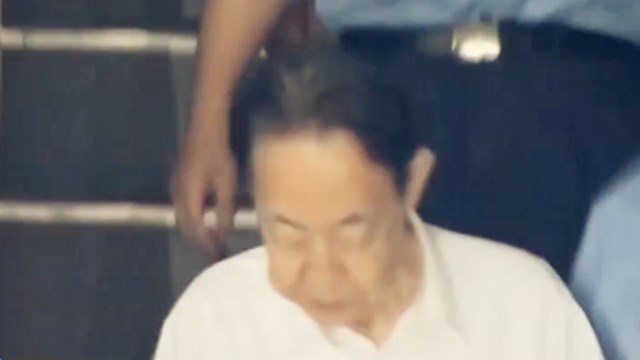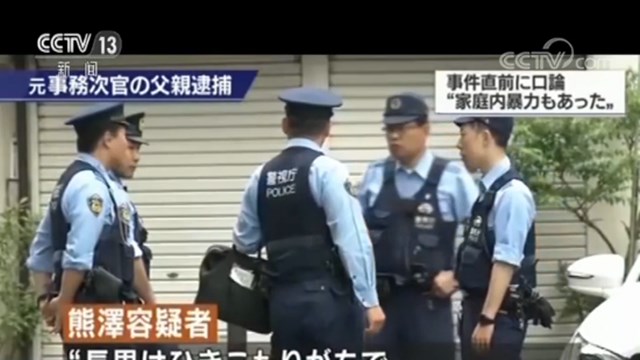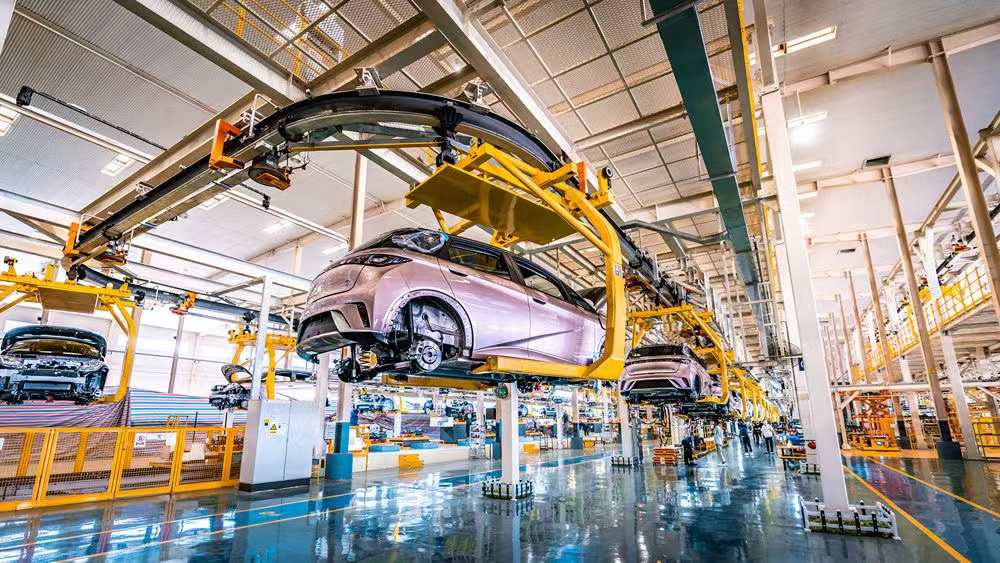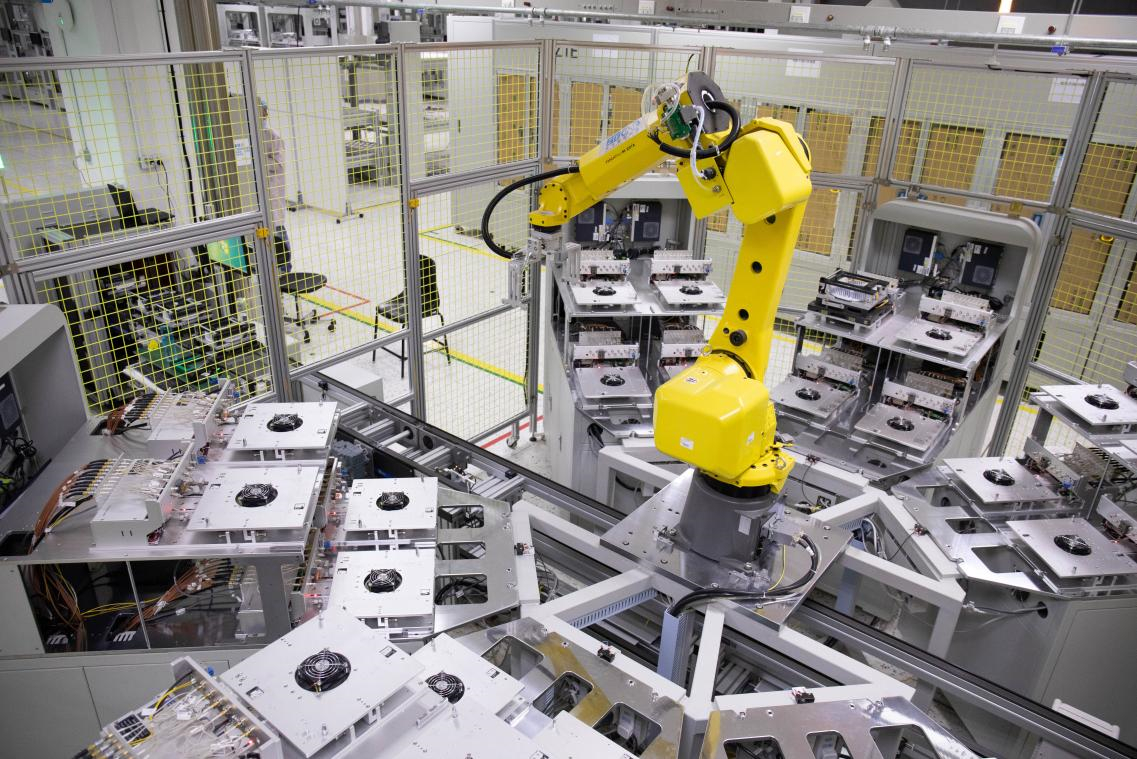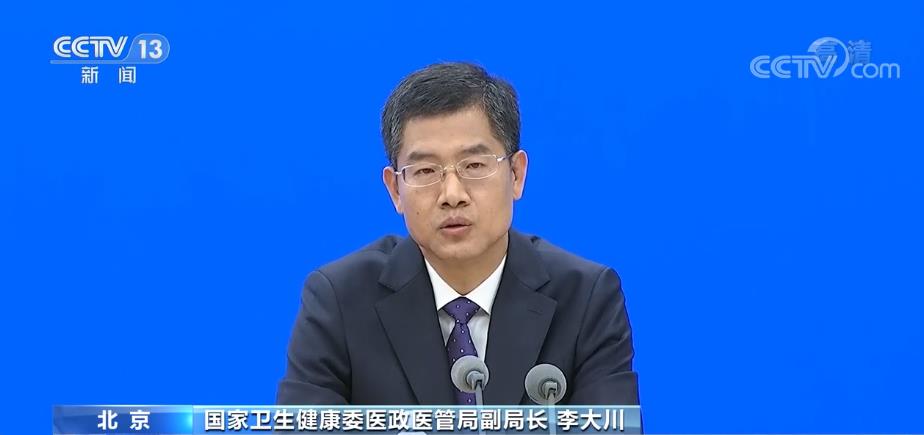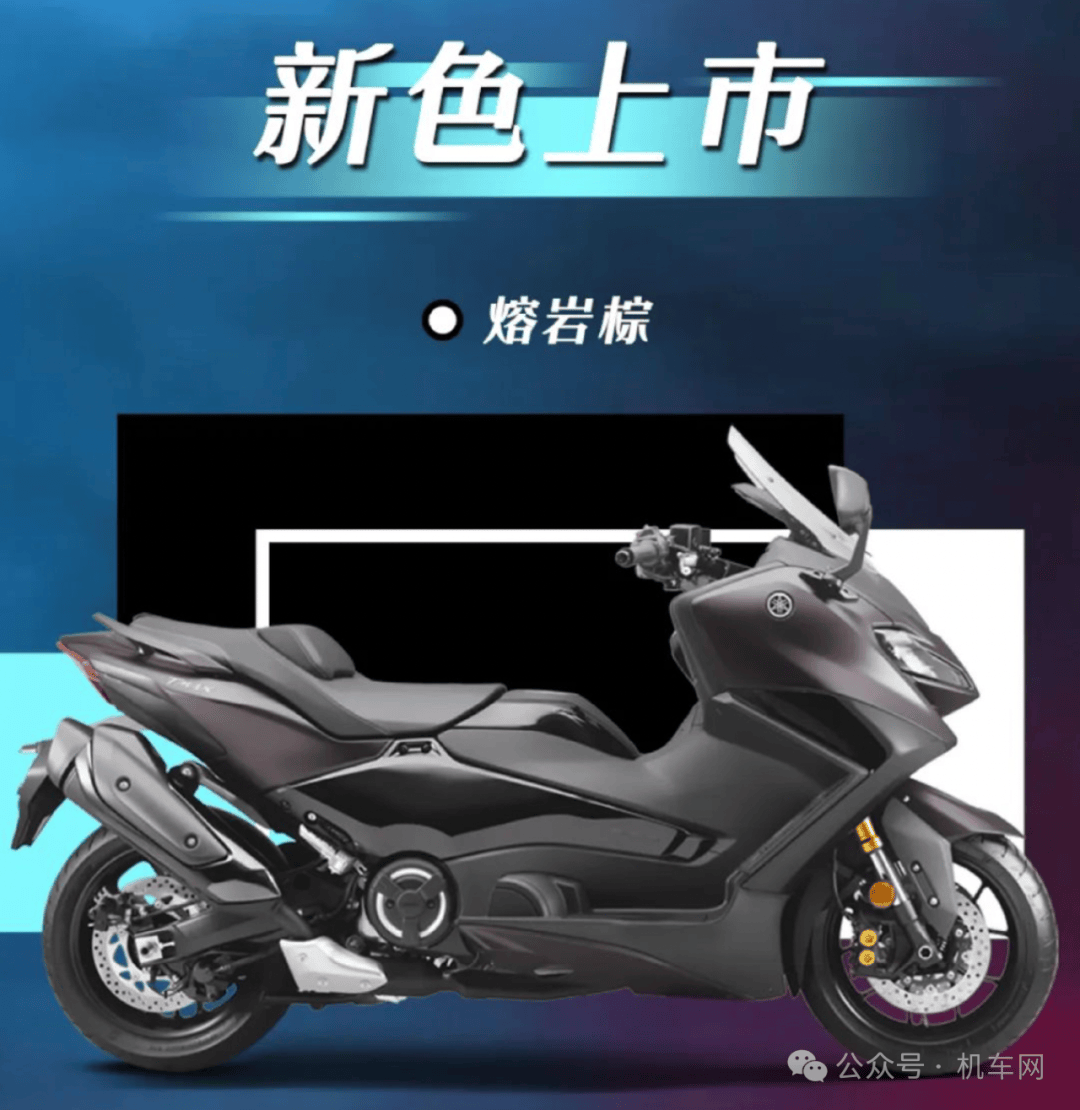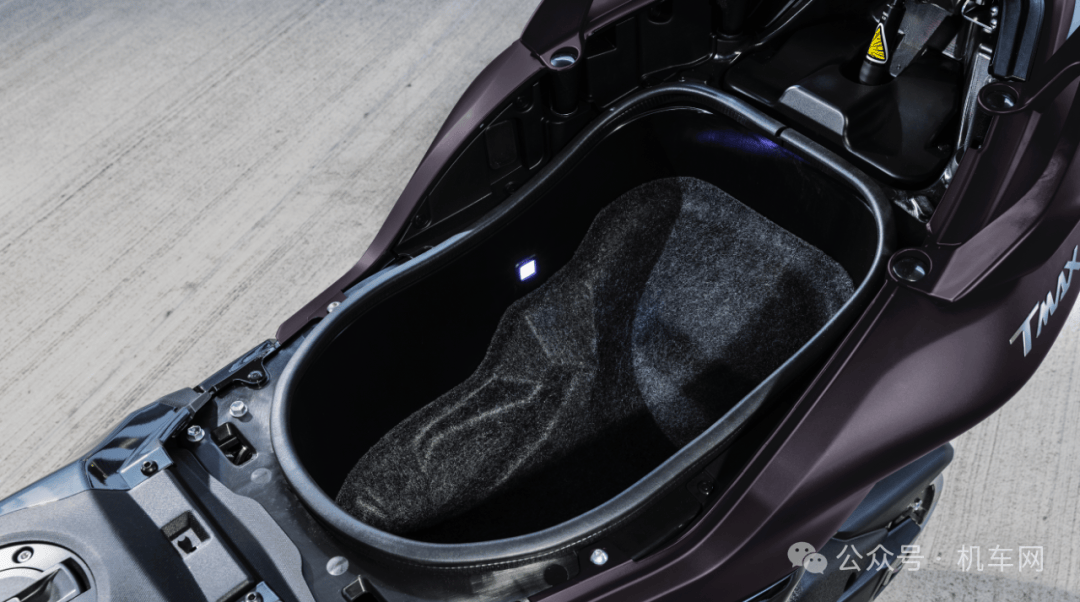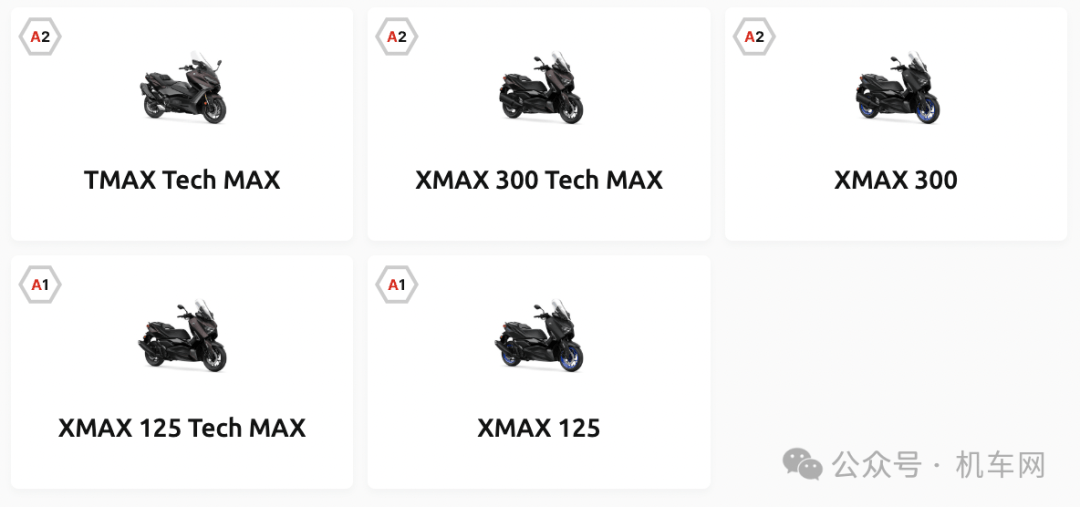If you open the column, On August 15th, 2005, the Supreme Leader, then Secretary of Zhejiang Provincial Party Committee, put forward the important scientific conclusion of "Lucid waters and lush mountains are invaluable assets" when he visited Yucun, Anji, Zhejiang. With the concept of "two mountains" being deeply rooted in people’s hearts, the broad masses of cadres and people are protecting beautiful green mountains and green hills, making Jinshan Yinshan bigger, constantly enriching the dialectical relationship between economic development and ecological protection, speeding up economic transformation and upgrading and efficient use of resources in various places, realizing continuous improvement of the environment and more balanced development of urban and rural areas. The Economic Daily launched "‘ Two mountains ’ The column "Vivid Practice of Ideas" reports the fiery practice of deeply practicing the concept of "two mountains", unswervingly promoting green development and accelerating the construction of beautiful China. Stay tuned.
March in Changxing section of Huzhou, Zhejiang 301 Provincial Highway, with quiet villages, lush forests and green ecological beauty.
Chen Zhengfu, the owner of a roadside shop, pointed to a heavy truck passing by and told the Economic Daily-China Economic Net reporter that there are few such cars now, and there is much less dust and exhaust.
"I didn’t dare to open the store door before, but now it’s open. Thanks to this air corridor. " Looking up in the direction of Chen Zheng’s deputy finger, a long corridor stands in mid-air, like a winding dragon.
This is the world’s longest high-temperature-resistant, fully enclosed pure electric clinker conveyor belt, with a length of 22 kilometers. From the source to the terminal, from transportation, storage to loading and unloading, berthing, pure electric, pollution-free, noise-free, stone clinker transportation to achieve "all-electric logistics." State Grid Huzhou Power Supply Company’s information shows that it can save 2,026 tons of fuel and reduce 14,278 tons of tail gas emissions every year.
"All-electric logistics" protects beautiful green waters and green mountains, and ecological electricity empowers beautiful China. Huzhou sample, which is deeply integrated with ecological civilization construction and electric power development, is a vivid epitome of Zhejiang’s practice of the concept of "two mountains".

On July 22 nd, Bailu Village, Luting Township, Yuyao City, Zhejiang Province, which was haunted by clouds, was refreshing. In recent years, Yuyao has vigorously practiced the concept of "two mountains", promoted the adjustment of industrial structure, built a "modern and innovative eco-city", and strived to achieve beautiful urban and rural scenery, livable and suitable for business. Photo by Xu Weiming (Zhongjing Vision)
Green, let development find new coordinates.
The concept of "two mountains" was born in a small mountain village in Huzhou, Zhejiang Province 15 years ago.
At that time, Huzhou was "not impressed" by the outside world, although its regional GDP had exceeded 10 billion.
"Why are you not impressed with Huzhou? Because I can’t see the lake when I arrive in Huzhou! " At that time, the supreme leader of Zhejiang Provincial Party Committee Secretary said.
Standing by the lake, there are blue algae everywhere. Water pollution leads to the proliferation of cyanobacteria, and the "three treasures of Taihu Lake" such as whitebait, mackerel and white shrimp are decreasing day by day. At that time, in Huzhou, every village was lit, and smoke was everywhere. The sewage discharge of cement plants, paper mills and printing and dyeing plants accounted for 70% of the city’s industry.
Extensive development has brought Huzhou’s ecology to the bottom line. Huzhou’s dilemma reflects the "growing pains" that Zhejiang Province is facing: rapid economic growth, environmental pollution and ecological pressure are unbearable.
How to break the game? On August 15th, 2005, the Supreme Leader came to Yucun, Tianhuangping Town, Anji County, Huzhou, and immediately spoke highly of the local initiative to close the stone mine with an annual income of 3 million yuan to protect the environment, praising the closure of the mine as a "brilliant move" and warning the villagers to "Lucid waters and lush mountains are invaluable assets".
After a lapse of 15 years, on March 30th this year, General Secretary of the Supreme Leader revisited Yucun, stressing once again that the path of green development is correct, and we must stick to it if we choose the right path.
In the past 15 years, Zhejiang has demonstrated and practiced the concept of "two mountains" within the provincial scope, forming a practical model marked by "protecting beautiful green mountains and green hills, making Jinshan Yinshan bigger, cultivating ecological culture and building an institutional system", which has become an important window to show the supreme leader’s ecological civilization thought and the achievements of beautiful China construction.
Che Jun, secretary of the Zhejiang Provincial Party Committee, said that in the past 15 years, the whole province has reached a consensus: the ecological view is the view of political achievements. The ecological environment is a real livelihood, economic development is a political achievement, and environmental protection is also a political achievement.
In order to hand over excellent report cards, Zhejiang aims at green goals and corrects new development coordinates.
Make up the shortcomings with one hand and make efforts to "global beauty". Anji county shut down mines and cement plants, and eco-tourism allowed farmers to get rich by borrowing scenery; Jinyun county has retired industries with high energy consumption and high pollution, and more and more ecological projects are rooted in green mountains and green rivers; Pujiang County invested more than 10 billion yuan to rectify the crystal industry, and its output value jumped significantly … …
Build the system with one hand and speed up the construction of the whole chain of ecological environment management system. Take the lead in establishing the strictest ecological protection system at the provincial level; Take the lead in implementing the differentiated evaluation index system of GDP assessment in the whole province; Take the lead in canceling the GDP assessment in relatively underdeveloped areas, and the "one-vote veto system for environmental protection" is the first.
What is commendable is that the one-vote veto power of eco-environmental protection is not limited to attracting investment or assessing the economic indicators of local governments. As the first batch of green financial reform and innovation pilot zones in China, Zhejiang has also introduced the ecological red line into green finance, giving priority to "green" credit assessment, and stepping up efforts to assess green credit. According to the regulations of Zhejiang Banking Insurance Regulatory Bureau, environmental protection qualification is the precondition for customer access and business handling. No new financing is allowed in case of environmental violation or unqualified environmental credit rating, which truly makes green a bright background for Zhejiang’s development.
Green makes green water and green mountains show "gold" price.
In the early morning of summer, rice is fragrant in Shenghua Brewing Factory in Datian Village, Suichang County.
After three or four months of fermentation, the rice wine was made with shovels for mixing, watering and sealing. The water used for brewing is taken from Jing Quan, a mountain in the factory.
"The water here is valuable." Yang Qiang, a "post-95" entrepreneur, said that brewing requires higher water quality. After the GEP accounting report of Datian Village came out, the ecological environment was measured and the water in the village was valued.
GEP mentioned by Yang Qiang is the abbreviation of gross output value of ecosystem. In May last year, the GEP Accounting Report of Datian Village in Suichang County was released, which is the first GEP accounting report in China. According to the report, in 2018, the total ecosystem production value of Datian Village reached 160 million yuan. Among them, water conservation is 51,521,900 yuan.
"We didn’t expect that the air and water in the village were so valuable." Gao Guisong, secretary of the general branch of the village party, said that in the past, because there was no good project support, it was hidden in the mountains and no one knew it. Now that the green mountains and green hills have a "price", the village is attractive. Last year, Datian Village toured operational income for more than 5 million yuan.
Because of GEP, villagers in Datian can also get the convenience of loan. Some banks have incorporated GEP into the reference index of credit granting and launched better credit services. Gao Guisong said that the annual loan demand in the village is nearly 40 million yuan. With the loan granted by GEP, the villagers can save about 1 million yuan in interest every year.
Green water contains gold, while green hills are valuable. Finding Jinshan Yinshan among the green mountains and green hills, and exploring the development opportunities between the "two mountains" have become the trend of single spark can start a prairie fire in Zhejiang.
Jingning county, which is located in the deep mountains, has nine mountains, half water and half fields, and there are more than 800 high mountains over 1000 meters. Among them, Daxie Township, with an average elevation of over 1000 meters, is the highest township in Zhejiang Province.
"Because of the high altitude and the large temperature difference between day and night, the price of water bamboo here can be several times higher." Liu Haihua, secretary of the township party Committee, said that more than 5,000 mu of high mountain water bamboo has become the main source of farmers’ income, with an output value of more than 8,000 yuan per mu, which has driven farmers in the township to achieve a per capita annual income of 28,000 yuan.
Chen Zhong, secretary of Jingning County Party Committee, told the Economic Daily-China Economic Net reporter that the local government kept in mind the entrustment of the Supreme Leader General Secretary and relied on green resources and ethnic customs to introduce 104 enterprises with a total investment of 4 billion yuan. It has also built alliances with developed coastal counties to create an "enclave" and "flying cabinet" economy, which not only completely eliminated absolute poverty, but also effectively slowed down relative poverty, and the comprehensive strength of counties jumped to the forefront of 120 autonomous counties across the country.
Green gives farmers a new life.
Every night at 8 o’clock, it is Xu Xiaohua’s "live broadcast time". In the greenhouse of Shangjiang Village, Wantian Township, Quzhou, he is enthusiastically selling succulents to netizens.
"The sales of offline succulents are seasonal, and succulents are difficult to maintain in summer, with less business." Realizing the limitations of offline sales, Xu Xiaohua set his sights on the Internet. Now Xu Xiaohua has 200,000 fans on the short video platform, and the daily sales can exceed 10,000 yuan.
Nowadays, in rural Zhejiang, mobile phones have become new agricultural tools, data have become new agricultural materials, and live broadcasts have become new farm work. The new concept of green development makes farmers pick up their mobile phones as anchors, which has become a new way of life and a new way to get rich.
In April this year, the first Alibaba Village Broadcasting College in China opened in the rural revitalization complex of Wantian Township, Kecheng District, Quzhou, to provide training courses for farmers, conduct actual combat drills, and provide the equipment needed for live broadcast, thus truly realizing "zero threshold, zero tuition fees and carrying bags into broadcasting".
It is understood that there are more than 400 farmers’ anchors who have graduated from the rural revitalization complex. Starting this year, Quzhou will train 10,000 village broadcast talents every year.
Not only the e-commerce live broadcast, but also the rural version of the future community built according to the concept of "two mountains" has made the lives of many rural farmers in Zhejiang more and more "tidal".
In Xikou Town, Longyou County, Xikou Old Street, which is surrounded by mountains and rivers, integrates cultural inheritance and farmers’ entrepreneurial functions, attracting a large number of surrounding villagers, tourists and makers.
Gao Yating, a college graduate, opened a shop in the old street after returning home, selling homemade chopped green onion steamed bread, mashi and other delicacies. She told reporters that in addition to this physical block, the town has also built a "one-box hometown" e-commerce platform to help makers open up sales. Now, her store’s annual sales amount to more than 200,000 yuan.
In order to make farmers feel more at ease in their entrepreneurial life, the rural version of the future community in Xikou Town is still working hard on the word "community". Huangnishan Community is a corporate living area built decades ago, and now it has been transformed into restaurants, theaters and other spaces, as well as a modern shared library and intelligent basketball court. Roadside street lamps have added functions such as PM2.5 detection and intelligent charging piles.
Liu Honggang, secretary of the Party Committee of Xikou Town, believes that the rural version of the future community embodies the rural development with ecological harmony and affluent life, and satisfies people’s yearning for a better life, which is also the meaning of the concept of "two mountains". (Economic Daily-China Economic Net reporter Ping Huang)



